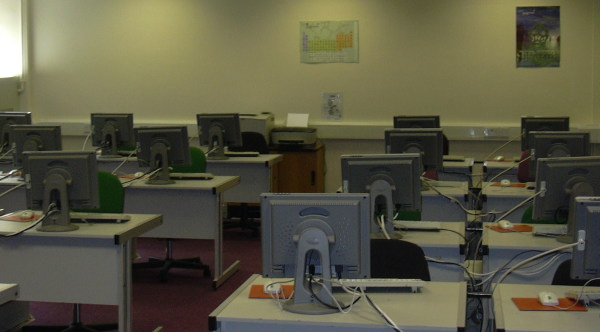OneDrive, Placeholders, and shared PCs.
OneDrive now with Files On Demand
At their annual Build conference, Microsoft announced that OneDrive was getting a new feature called “Files On Demand”- basically a replacement for the placeholders feature that was present in Windows 8.1’s OneDrive client. The official Office blog goes into more detail about the new features, and there’s a detailed writeup by Paul Thurrott which also includes the history of OneDrive placeholders, but I’d like to discuss the advantages for the education vertical- in particular Student PC labs.
Microsoft kindly offer OneDrive to University students for basically nothing, so it sounds like an ideal replacement for traditional on-premises network file-shares. Rather than the IT department struggling to provide 50 or 100GB of space per student from their budget, they could just point students at the 1 TB of disk Microsoft is providing for free.
Sync Good
With a single regular user and enough local hard disk space a sync client without placeholders is fine. All the users files are synced to the local disk and available instantly whenever they are required. The selective sync in the current Windows 10 client helps on devices with smaller disks, but is still only really beneficial on a PC with a single regular user.
Sync Bad
On the students personal devices this works great- we’re back at this 1 user:1 device ratio. However in a student PC lab environment there are potentially hundreds of desktops and each of tens of thousands of users could log into any one at any time. We have a x,000:1 user:device ratio. Students don’t want to login to a machine at the start of a class and then wait whilst half a terabyte of data they don’t need syncs before document they need appears. Additionally IT don’t want to have to tidy up all this synced data after every user logs off.

Placeholders FTW
Placeholders (or “Files On Demand”) is the ideal solution here. The student now sits down at the shared lab machine and all their files are listed. They then open the file of their choice and there’s an invisible, seamless, download in the background. When they save the file it’s synced back to the cloud. The user is happy as they no longer has to wait for all their files to sync before they can work and can take advantage of the large capacity (and sharing facilities too). IT are happy because they don’t have to fund (and support, maintain) as much storage.
I know many IT Professionals working in Higher Education will be looking forward to this release in the autumn.